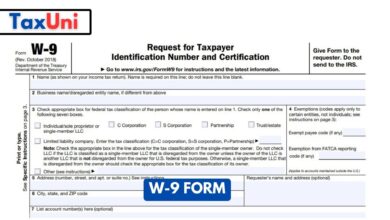Form 2106
Form 2106 is an IRS form used to claim employee business expenses. This article will help you use Form 2106 to claim employee business expenses.

Do you work in a business that requires a lot of travel, or you’re an artist who spends a lot on equipment and supplies? It’s likely that your expenses will exceed standard deductions. Fortunately, the IRS offers an above-the-line deduction for employee business expenses on Form 2106 or its shorter counterpart, Form 2106-EZ. The form is used by employees to report unreimbursed employee business expenses. In order to claim this deduction, you must meet certain requirements, including being an Armed Forces reservist, a performing artist, or a fee-basis state or local government official. You must also have a minimum of $200 in earnings per employer, and your job-related expenses must be more than 10% of your adjusted gross income.

Who Must File Form 2106?
Form 2106 is available for most taxpayers but only applies to those who qualify. This includes Armed Forces reservists, performing artists who provide entertainment or artistic services for two or more employers and earn at least $200 in each job, fee-basis state or local government officials who are compensated on a fee basis, and disabled individuals with impairment-related work expenses.
Once you meet all the qualifications, you can file either Form 2106 or Form 2106-EZ with your federal return. You should also file the forms with your state tax return if you’re required to do so. Both forms require you to list your eligible expenses and the amount you spent on each item. In addition, both forms have a line for listing any reimbursements you received from your employer.
How to File Form 2106?
When filing your federal taxes, you can choose whether to itemize deductions or use the standard deduction. If you itemize, you must fill out Form 2106 to claim any employee business expenses incurred during the year. These expenses can include mileage, parking, tolls, meal expenses while traveling for work, and overnight lodging. You will also need to provide receipts for all expenses you claim. To qualify for this deduction, you must have incurred the expenses during the year, which must be directly related to your current employment.
Prior to the passage of tax reform in 2018, employees who claimed these expenses were allowed a miscellaneous deduction up to 2 percent of their adjusted gross income (AGI). The new law suspends this deduction for most taxpayers, but those in certain professions may still be able to claim these expenses on Form 2106. These include military reservists, qualified performing artists, fee-basis state or local government officials, and disabled individuals with impairment-related work expenses.
The first page of Form 2106 asks for the details of your travel, meal, and entertainment expenses. You must enter the total amount of these expenses, employer reimbursements, and any additional items you wish to claim, such as a charitable contribution or a Section 179 deduction for a vehicle.
Afterward, you must determine which method you want to use to calculate your automobile expenses. You can take the standard mileage rate or use actual expenses with sufficient documentation. The final step is to reconcile your expense amounts with the reimbursements from your employer and then to sign and date the form.





